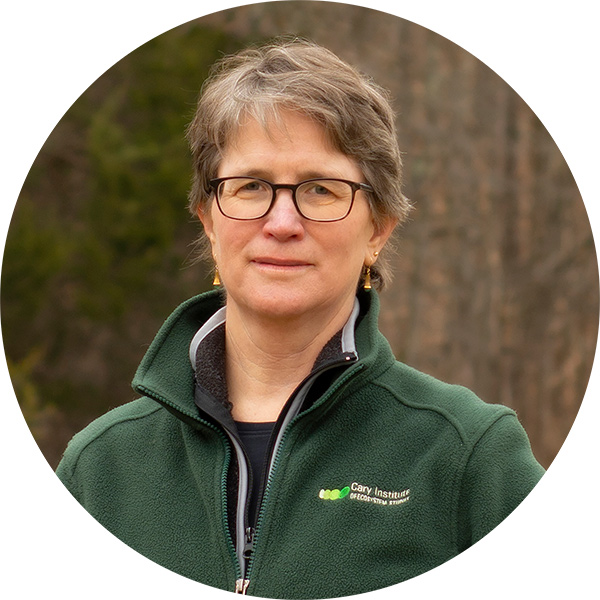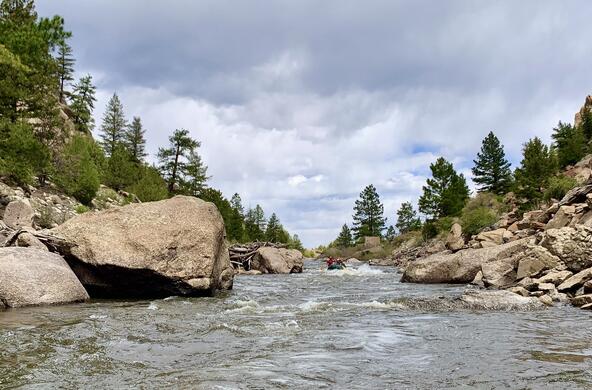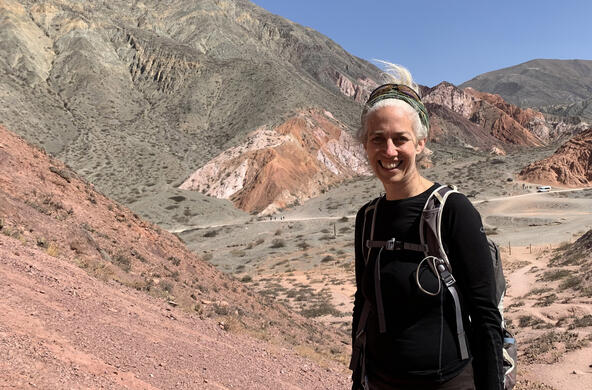For more than 30 years, the Cary Institute of Ecosystem Studies in Millbrook has collected information about local weather conditions. Equipment used to monitor acid rain was installed in 1983 and has provided continuous insight into rain and snow data. Temperature, relative humidity, wind and other sensors were added in 1988. And stream gauging equipment was installed in 1993. The wealth of information captured by the Cary Institute's Environmental Monitoring Program helps us detect and explain weather trends.Many are probably wondering, just how did 2013 stack up to years past? All in all, it was largely unremarkable. It was the seventh wettest year in the 30-year record of precipitation and the 12th coolest in the 26-year temperature record. The year was punctuated with several very heavy rain events in June and one in August with, mercifully, no significant tropical storms in the autumn. The year ended with some very cold temperatures in November and December, initiating what has become a colder-than-average winter.
It is more important to a look at the long-term trends this data set allows. If you add many years of weather data together, you get climate, and it is our changing climate that we need to prepare for. So what does the long-term data tell us? Annual minimum temperatures have been increasing, but we see no increase in annual maximum temperatures. Likewise, the record shows a decrease in the number of days below —10 C (14 F) but no significant change in the number of summer days above 32 C (90 F). So winters are getting warmer but not summers. It will be interesting to see how this winter throws off the average.
In contrast to air temperatures, summertime stream temperatures have been increasing in the East Branch of Wappinger Creek in the Cary Institute's Fern Glen. The increases can be seen in summer, spring, and early autumn. Winter stream temperatures, however, have not changed. This makes sense, as the stream freezes at our gauging station and the temperature of the water remains 0 C (32 F) for long stretches. It will be important to continue to monitor this as the climate continues to change in the coming years.
Much of Dutchess County remains an agricultural community, so the growing season is the most important time of year for many of us. The 2013 growing season was longer than the 26-year average, continuing the trend toward increasing growing season length. Critically, it's important to note that this is due to a later autumn frost rather than an earlier last frost in the spring. So the beginning of the growing season isn't coming any earlier, but the end of the growing season is occurring later in the fall.
In 2008, we began collecting phenology data from several trees on the Cary Institute property. Phenology is the study of recurring plant and animal life cycle stages — such as flowering and leaf development as well as emergence and arrival of insects, mammals and birds. The timing of these important events can be altered by weather and climate. This is an exciting new field of biology, and there are many opportunities for citizen scientists to participate in data collection. Stay tuned for more in the coming year as the Cary Institute develops a phenology program on its trails.








